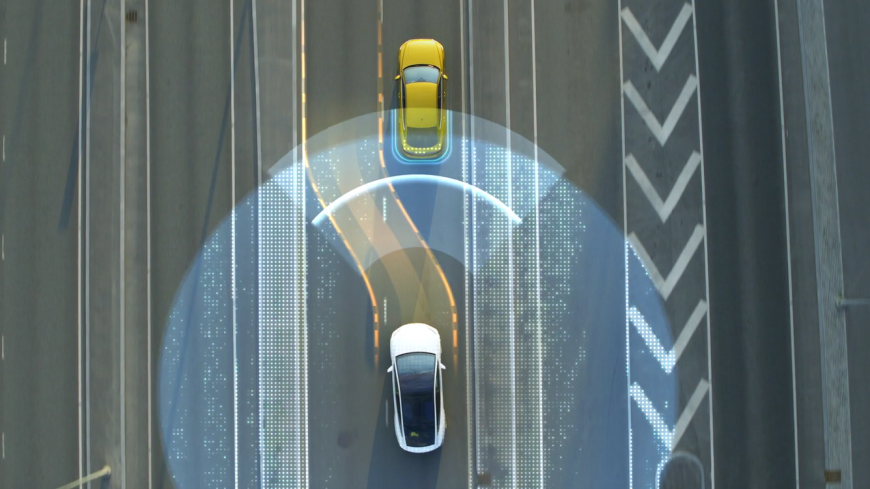Autonomous driving
Research for an accident-free future
2023/06/23 by Nikolas Hohmann / sas
The development of advanced driver assistance systems and (partially) autonomous driving functions has the potential to prevent traffic accidents and improve safety on our roads. Artificial intelligence methods in particular are used here.

Autonomous driving safety and driving support systems are already being used successfully in series-produced vehicles. Examples are the now established emergency brake assistants or the relatively new function of automated driving on certain motorway sections. Although these functions are only partial aspects of a driving task, the first series integrations show that it is technically possible to develop solutions that prevent accidents, relieve drivers and make the vision of autonomous mobility a reality.
With the aim of paving this way, the Proreta5 research project, a cooperation between the industrial partner Continental AG and several European universities, has also dedicated itself to the task of autonomous driving. Under the motto “Building blocks for automated urban driving to improve traffic safety in the city”, the focus was primarily on situation understanding and movement planning of autonomous vehicles in urban traffic scenarios.
In particular, artificial intelligence methods for automated driving were scrutinised by the research team. The Department of etit, represented by the Laboratory of Control Methods and Intelligent Systems, was also involved in solving this ambitious task.
AI for complex traffic situations
One of the biggest challenges of autonomous driving in urban traffic is to develop algorithms that autonomously recognise complex traffic situations in inner cities and then make the right driving decision from the collected sensor data. For example, at unregulated intersections, it can be difficult to correctly assess all road users in terms of their direction of movement, intentions and priorities without human intervention.
Within the framework of Proreta5, new software modules with artificial intelligence were therefore developed to find solutions to these challenges. With the help of a vehicle equipped with sensors and high-performance computers from Continental AG, the researchers were able to test the sensor, planning and control functions developed for the autonomous car under real conditions.
Central modules in the system were the prediction of the dynamic behaviour of objects, the adapted planning of a trajectory for the ego vehicle, the testing of compliance with traffic rules and the logic-based testing to detect unsafe behaviour of AI modules. The research on autonomous vehicles and especially the work of Proreta5 show that we are on the right track.
Industry and research together for progress
The joint development of industry and research is driving progress towards autonomous mobility and improving road safety. The future prospects of autonomous driving are promising. It has the potential to reduce road accident rates and create new opportunities for mobility. Nevertheless, in addition to the technical challenges, there are also legal and ethical challenges that must be mastered before we can give our future mobility the attribute “accident-free”.
Always up-to-date with exciting news from the etit campus: Follow us on Instagram!
Recommended external content
We have selected external content from Instagram for you and would like to show it to you right here. To do this, you must reveal it with one click. You can hide the external content at any time with another click.
I agree to external content from X being shown to me. This may result in personal data being transmitted to third-party platforms. You can find more information in our Privacy Policy.



